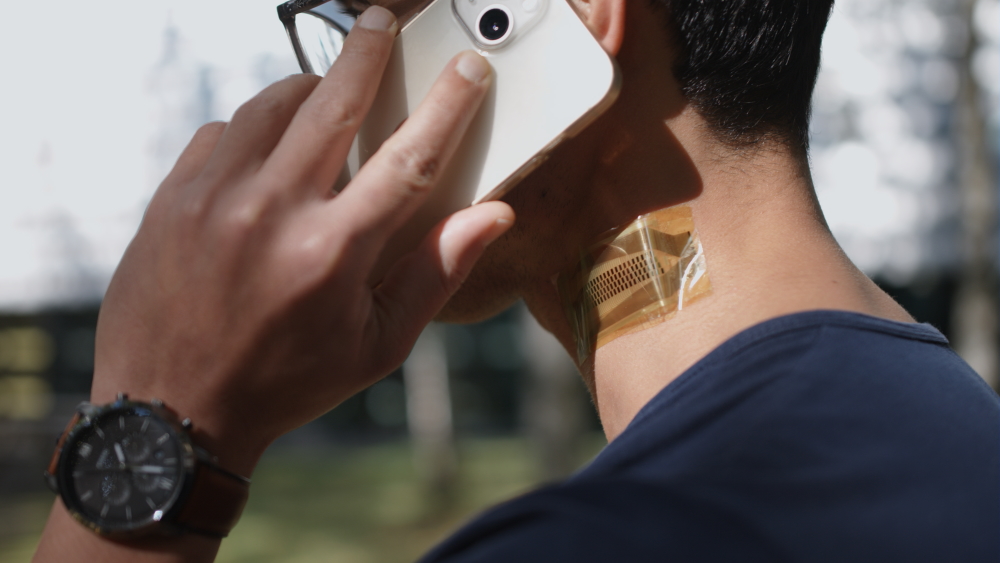
Preventing and monitoring health problems with wearables
Tracking your activity, heart rate or sleep duration on a wearable. For most of us, it’s part of our daily routine. But medical grade wearables, wearable devices that comply with European regulations for medical equipment, are capable of much more. For example, it is possible to measure ultrasound images or blood pressure in real time via a ‘patch’ on the skin. The potential of wearables is enormous, but this also brings challenges. "We can only solve these by working together integrally within an ecosystem of companies, institutes and hospitals with complementary areas of expertise," says program manager Dr. Natallia Uzunbajakava of TNO Holst Centre. Uzunbajakava will give a plenary talk at the Medical Electronics Event on Feb. 7, 2023, in Leusden.
Uzunbajakava: "During my presentation, I want to provide insight into the benefits and challenges of medical grade wearable devices. These are devices that accurately and precisely read medical grade data and also comply with strict regulations of the FDA and the MDR. This allows nurses and doctors to see real-time information without the patient having to come to the hospital or treatment center."
Uzunbajakava cites an ultrasound measurement as an example. "Currently, an ultrasound can only be performed by an experienced medical specialist in this field. The ultrasound machine is large and unwieldy and it only measures a limited area of the body. To obtain an overall view of the desired area, the specialist should move the device."
Wafer-thin ultrasound patch
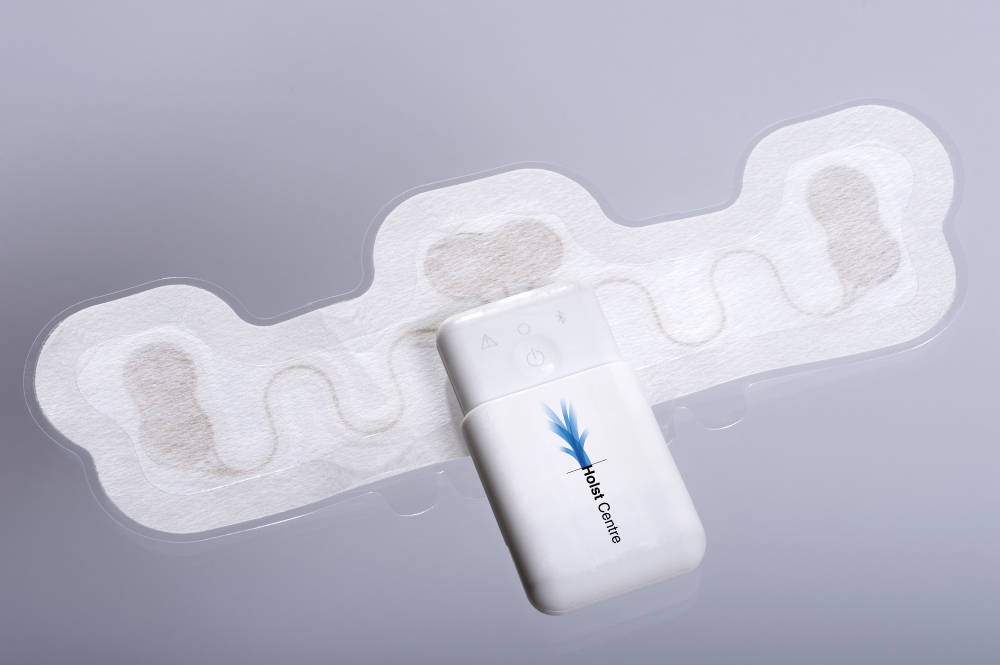 "At TNO, we are currently working on a wafer-thin ultrasound 'patch' that resembles a large plaster. A physician can easily apply the patch to the skin of the patient," Uzunbajakava continued. "Using ultrasound electronics, the patch performs the same measurements as a device in the hospital, only for a larger area, without the need for a physician to be continuously present with the patient. The patch is on the skin 24 hours a day and a specialist can view the data at any time while the patient is at home. For example, it is possible to monitor an embryo during pregnancy, or to keep track of the urine level in the bladder."
"At TNO, we are currently working on a wafer-thin ultrasound 'patch' that resembles a large plaster. A physician can easily apply the patch to the skin of the patient," Uzunbajakava continued. "Using ultrasound electronics, the patch performs the same measurements as a device in the hospital, only for a larger area, without the need for a physician to be continuously present with the patient. The patch is on the skin 24 hours a day and a specialist can view the data at any time while the patient is at home. For example, it is possible to monitor an embryo during pregnancy, or to keep track of the urine level in the bladder."
Vital signs patch
TNO is also working on a vital signs patch that will give users insight into the status of their health and well-being. This way, they can monitor their heart rate, heart rate variability, breathing pattern, blood pressure , SpO2 and core body temperature. In addition, the vital signs patch allows the user to see if he or she is at an increased risk of health problems and whether lifestyle adjustments are necessary to prevent problems.
Efficient and comfortable
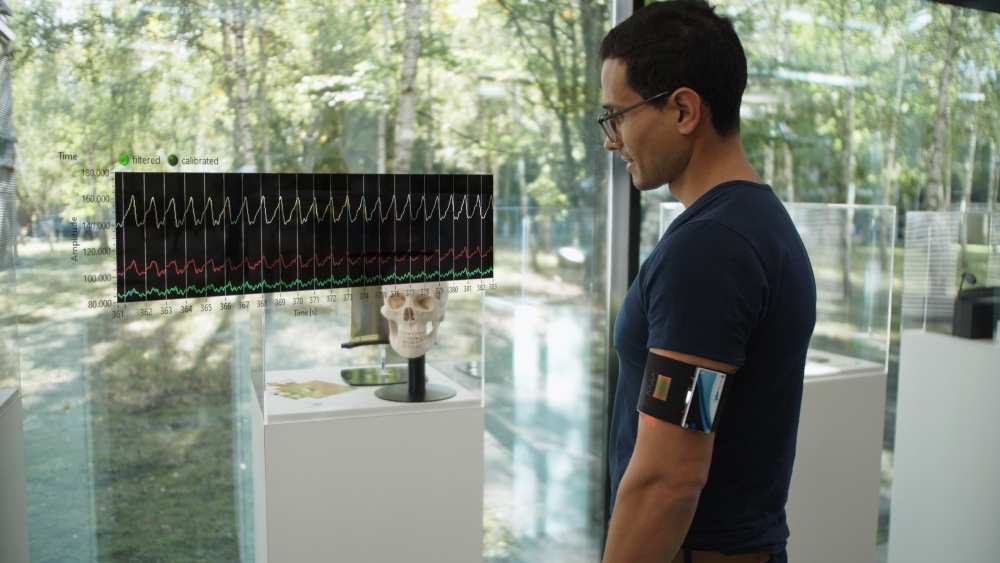 "Wearables originated from the need of patients as well as practitioners to collect medical data more efficiently outside the hospital environment. The need for wearable devices is rising due to an aging population and the increase in chronic diseases such as cardiovascular disease, diabetes, respiratory diseases, neurodegenerative diseases and mental health problems. These chronic diseases are responsible for about 70% of deaths worldwide, including The Netherlands. Something has to be done to get this percentage down, because with an aging population, healthcare costs will only increase. The average person does not spend even half of their life in good health," says Uzunbajakava.
"Wearables originated from the need of patients as well as practitioners to collect medical data more efficiently outside the hospital environment. The need for wearable devices is rising due to an aging population and the increase in chronic diseases such as cardiovascular disease, diabetes, respiratory diseases, neurodegenerative diseases and mental health problems. These chronic diseases are responsible for about 70% of deaths worldwide, including The Netherlands. Something has to be done to get this percentage down, because with an aging population, healthcare costs will only increase. The average person does not spend even half of their life in good health," says Uzunbajakava.
Lifestyle intervention
"Prevention is always best: awareness and prevention through programs aimed at measuring health and well-being, coupled with lifestyle intervention. But proper early diagnosis and therapy or treatment can also prevent bigger problems." Measuring health data through medical grade wearables plays a central role in this, according to Uzunbajakava. "If people see for themselves what effect their lifestyle has on their heart rate and blood pressure, for example, they are more willing to make lifestyle changes. Medical grade wearables measure precisely and are relatively easy to apply. Of course, we also run into challenges. Technically, it is important that the sensors measure accurately and also that the data is generated real time as well as long term. This is only possible if the wearable does not automatically come off during exercise or in the shower. In addition, wearing comfort for the patient is very important, because the wearable is permanently on the skin and the patient does not want to be bothered by this."
Modular sensors
The research team at TNO Holst Centre works in a modular way. "Different patient groups need different read-outs (signals)," Uzunbajakava explains. "Developments within the sector are rapid and new and better electronics and materials are becoming available all the time. We want to take advantage of that. As better innovations come to market, we want to integrate them into existing wearable platforms as quickly as possible. That's why our technology platforms are flexible and easy to adapt."
Bring in own expertise
 Teamwork and integral collaboration are necessary to ensure wearable quality, Uzunbajakava explains. "We develop the various modules of a wearable in-house, but we do not do this alone. TNO Holst Centre's expertise in hybrid printed electronics and cleanroom manufacturing (a very clean working environment, ed.) makes it possible to integrate flexible and rigid sensors and components into wearable devices. Furthermore, TNO is working with external partners, each contributing their own expertise”.
Teamwork and integral collaboration are necessary to ensure wearable quality, Uzunbajakava explains. "We develop the various modules of a wearable in-house, but we do not do this alone. TNO Holst Centre's expertise in hybrid printed electronics and cleanroom manufacturing (a very clean working environment, ed.) makes it possible to integrate flexible and rigid sensors and components into wearable devices. Furthermore, TNO is working with external partners, each contributing their own expertise”.
Uzunbajakava: "We collaborate with research institutions, laboratories, hospitals, universities, foundations and companies here in The Netherlands such as, for example, Philips, LifeSense group, Bambi Medical, Holland HighTech, and Erasmus MC. We also have partners in Europe, the US, Asia, and the pacific region, such as Lohmann, DuPont, EmpoHealth and Shin Etsu. We call the whole chain, from idea to final product, the ecosystem of a product. TNO is particularly involved in the first phase of the ecosystem; from the idea to a working prototype and pre-clinical trial."
Don't miss the boat
After the wearable is approved by the MDR, it can finally be introduced to the European market. In her lecture, Uzunbajakava aims to demonstrate the importance of collaboration for the development and research of wearables. "Wearables will become more and more important in the future. In order to develop a good product, the right expertise must be brought together, which is why we at TNO try to connect parties. I hope that at the end of the lecture, visitors to the event will see how widely applicable wearables are, both to prevent and treat a disease, and that it is more than worth investing in these devices of the future."
Visit presentation
Visit Uzunbajakava's presentation during the Medical Electronics Event on Feb. 7 in Leusden. You can attend the presentation free of charge if you register in advance via the website.
 Join BSI's Meet The Experts - MedTech Edition in Amsterdam!
Join BSI's Meet The Experts - MedTech Edition in Amsterdam! 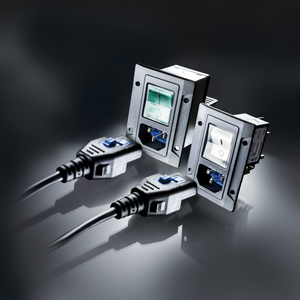 Vermogensverlies in voedingsmodules
Vermogensverlies in voedingsmodules 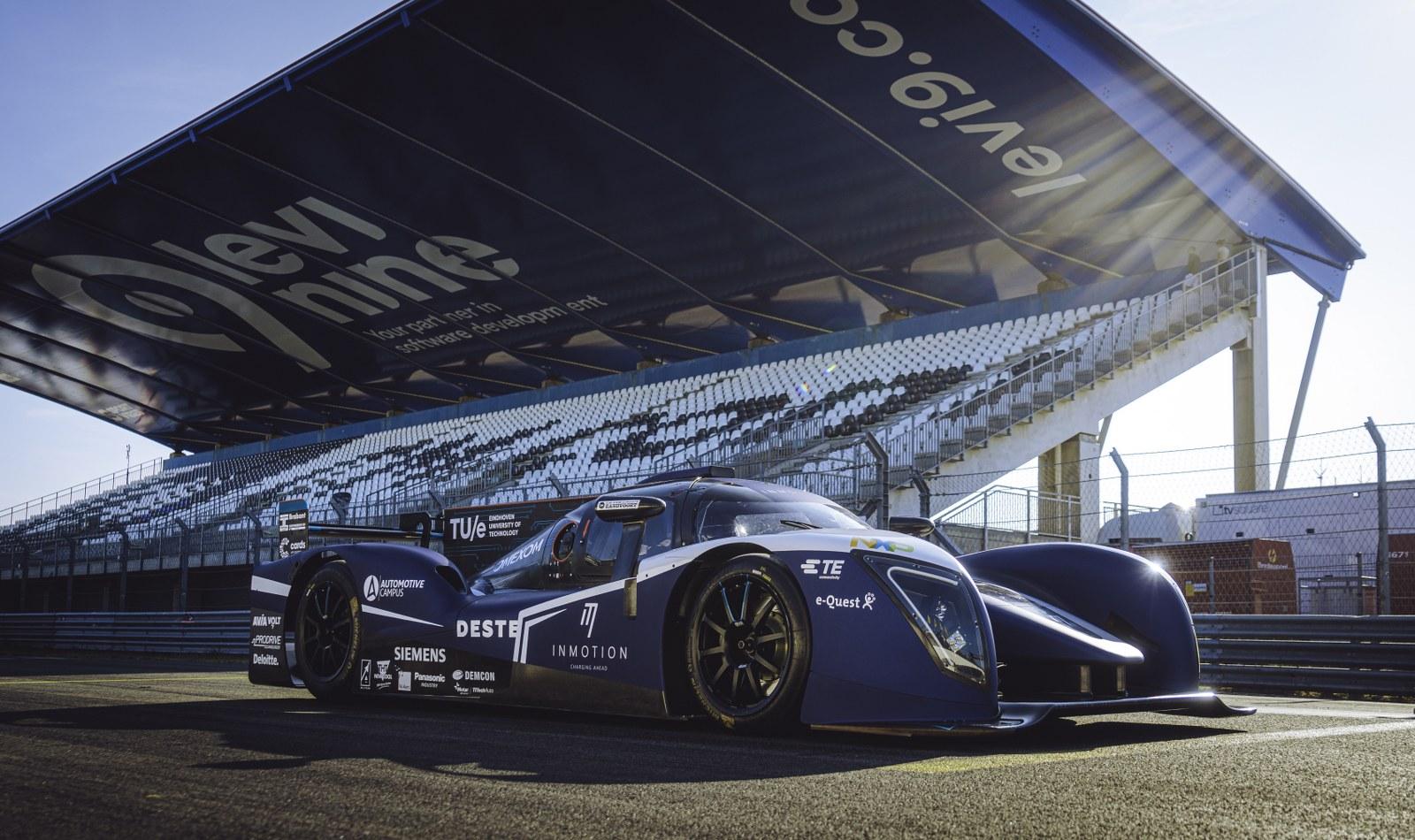 Telerex wordt partner van InMotion Helmond
Telerex wordt partner van InMotion Helmond 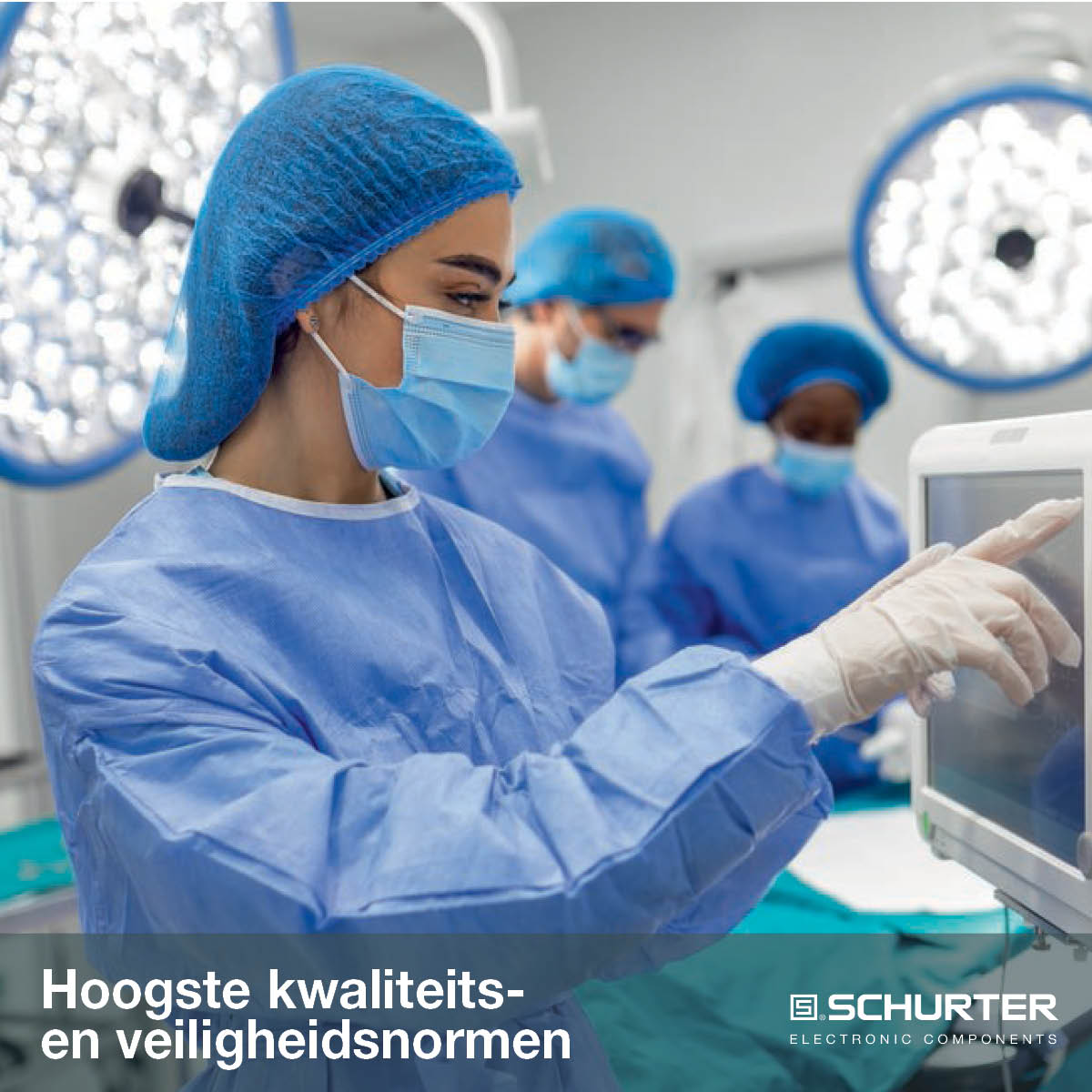 Medische standaard: Hoogste kwaliteits- en veiligheidsnormen
Medische standaard: Hoogste kwaliteits- en veiligheidsnormen 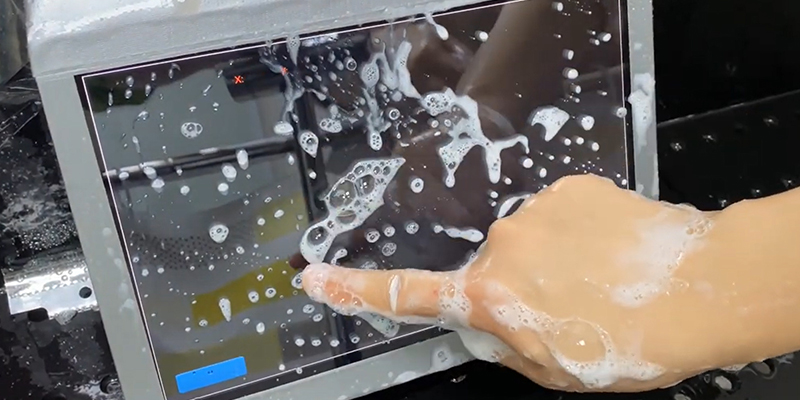 Batenburg brengt displays met LiquidUX naar de Benelux
Batenburg brengt displays met LiquidUX naar de Benelux